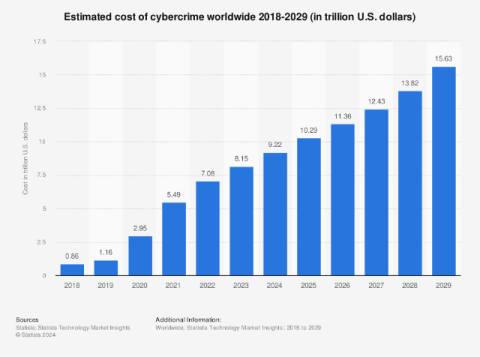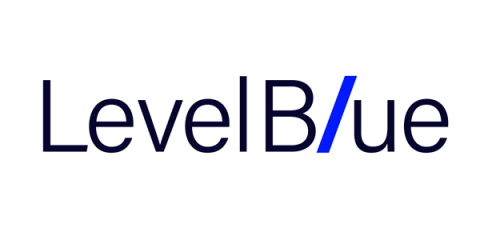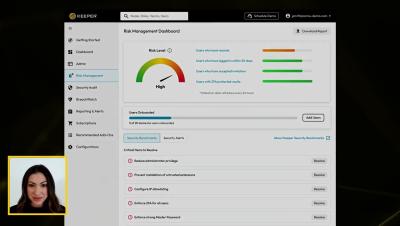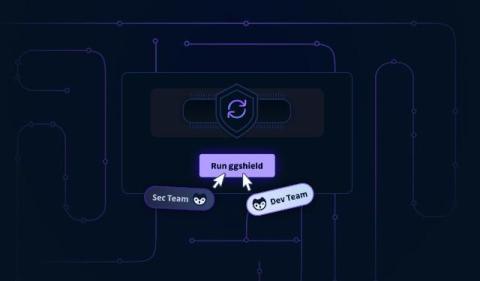Cost of Cybercrime Estimated 15.6 Trillion in 2029
Statista projects that the total cost of cybercrime will increase from $6.4 trillion between 2024 and 2029, reaching a staggering $15.63 trillion by the end of this period. They reported: "The global indicator 'Estimated Cost of Cybercrime' in the cybersecurity market was forecast to continuously increase between 2024 and 2029 by in total 6.4 trillion U.S. dollars (+69.41 percent). "After the eleventh consecutive increasing year, the indicator is estimated to reach 15.63 trillion U.S.










